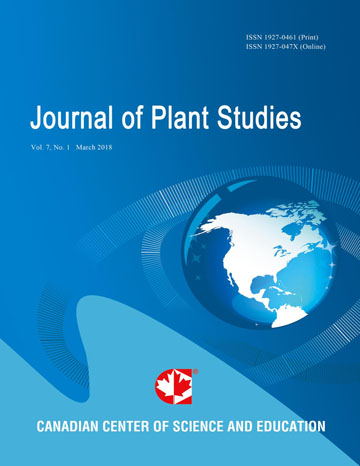Primary and Secondary Igapó Forests in the Peruvian Amazon: Floristics, Physical Structure and the Predictive Value of Soil Bulk Density
- Randall W. Myster
Abstract
Igapó forests are a key part of the Amazon. And so, it is important to know their floristics and physical structure, and how they may be influenced by their soil. The floristics and physical structure of 16 primary [1o] and secondary [2o] igapó forest plots in Loreto Province, Peru was described and linear regressions were computed to explore whether soil bulk density could predict structural parameters. In the 1o forest, Fabaceae, Malvaceae and Rubiaceae were the most common families and Calycophyllum spruceanum, Ceiba samauma, Inga spp., Cedrela odorata, Copaifera reticulata, Phytelephas macrocarpa, Guazuma rosea, and Piptadenia pteroclada were the most common species. And as flooding increased, bulk density, stem density, stem size, species richness, Fishers α, basal area and above-ground biomass all decreased. In the 2o forest, Urticaceae, Rubiaceae and Euphorbiaceae were the most common families and Cecropia membranacea, Sapium glandulosum, Pourouma guianensis and Byrsonima arthropoda were the most common species. The number of stems was greatest in the island 2o forest and lowest in the 1o forest under water for more than four months, and mean stem size, species richness, Fishers α, basal area and above-ground biomass was lowest in the sandy beach 2o forest and highest in the 1o forest under water one to two months. Soil bulk density predicted mean stem size, species richness and Fishers α well, where all three decreased as soils became more sandy. I conclude that as soil becomes less sandy with more clay content there is an increase in forest structural complexity, unpredictable flooding in 2o forests reduces structure more than the predictable flood pulse 1o forests receive, and soil bulk density may have a causal role for diversity in igapó forests.
- Full Text:
 PDF
PDF
- DOI:10.5539/jps.v8n1p20
Index
- AGRICOLA
- CAB Abstracts
- CABI
- CAS (American Chemical Society)
- CNKI Scholar
- Elektronische Zeitschriftenbibliothek (EZB)
- Excellence in Research for Australia (ERA)
- Google Scholar
- JournalTOCs
- Mendeley
- Open policy finder
- Scilit
- Standard Periodical Directory
- Technische Informationsbibliothek (TIB)
- WorldCat
Contact
- Joan LeeEditorial Assistant
- jps@ccsenet.org
